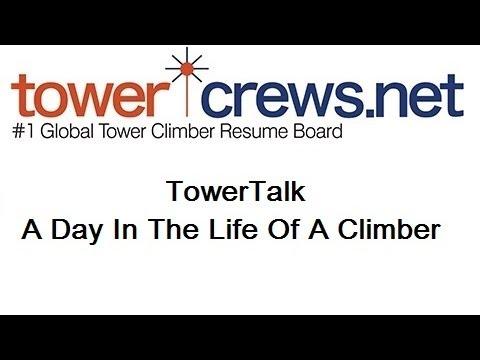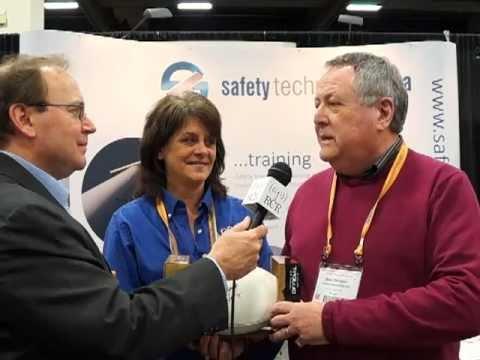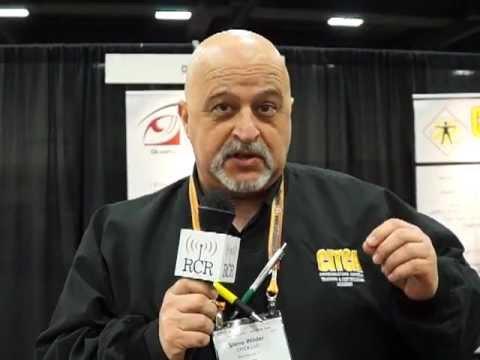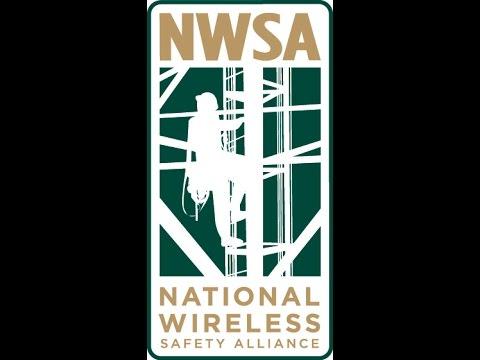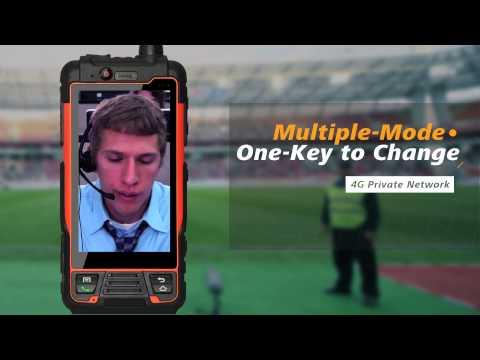Tower Talk: Preventing Tower Climber Fatalities
Description
Wireless Estimator recently reported on the 7th tower climber fatality in 2013 compared to only 1 loss in 2012.
Mobile operators (i.e. AT&T, Verizon, Sprint and T-Mobile) are under pressure to complete deployment of LTE networks. This pressure has created a surge in the demand for tower climbers and tower crews across the United States.
"There are new companies springing up by the month" said Todd Schlekeway, Executive Director National Association of Tower Erectors (NATE) during a recent interview with RCR Wireless News. "We are working very hard to identify these new companies so that they have access to the resources they need to become qualified contractors to make sure their personnel are not placed on sites prematurely".
Outlined below is the NATE START General Contractor safety checklist:
- The contractor has obtained insurance coverage appropriate for the scope of work, prior to commencing the work (e.g. worker's compensation; general liability; etc.).
- The contractor has the necessary experience, references and capability to properly perform the specific job at hand.
- The contractor has a written safety program and agrees to conduct regular safety audits of its job sites by a competent person.
- The contractor agrees to provide a site-specific safety plan including rigging, structural and RF safety procedures, and fall protection requirements for this specific job.
- The contractor agrees there will be a competent and qualified person at the project site who will conduct daily safety audits.
- The contractor agrees to maintain written records of the safety audits for a period of at least one year.
- The contractor requires pre-employment physical agility or physical fitness tests to determine ability to perform job tasks.
- The contractor conducts drug screening of employees for unlawful use of controlled substances.
- The contractor provides an orientation and awareness program for new hires prior to performance of any work.
- The contractor ensures that their tower climbers have been properly trained and understand OSHA regulations in the areas of fall protection and rescue.
- The contractor agrees to conduct a hazard assessment to determine the requirements for personal protective equipment, including fall protection.
- The contractor maintains written documentation of all training as required.
- If the contractor is required to maintain OSHA 300 logs, they have submitted those documents for the past two years. For those companies not required to keep OSHA 300 logs, they have provided the number of employees on staff and a report on accidents they have sustained, including the nature, type and number of accidents for the past two years.
- The contractor agrees to notify the Company in writing if subcontractors are to be used prior to the use of such subcontractors.
- The contractor agrees that any subcontractors hired will be required to meet the same contractor requirements outlined in this document.
- The contractor agrees to adhere to the provisions of OSHA Directive CPL 2-1.36 if any personnel hoisting is to be conducted.
- The contractor agrees to maintain good housekeeping on the job site.



